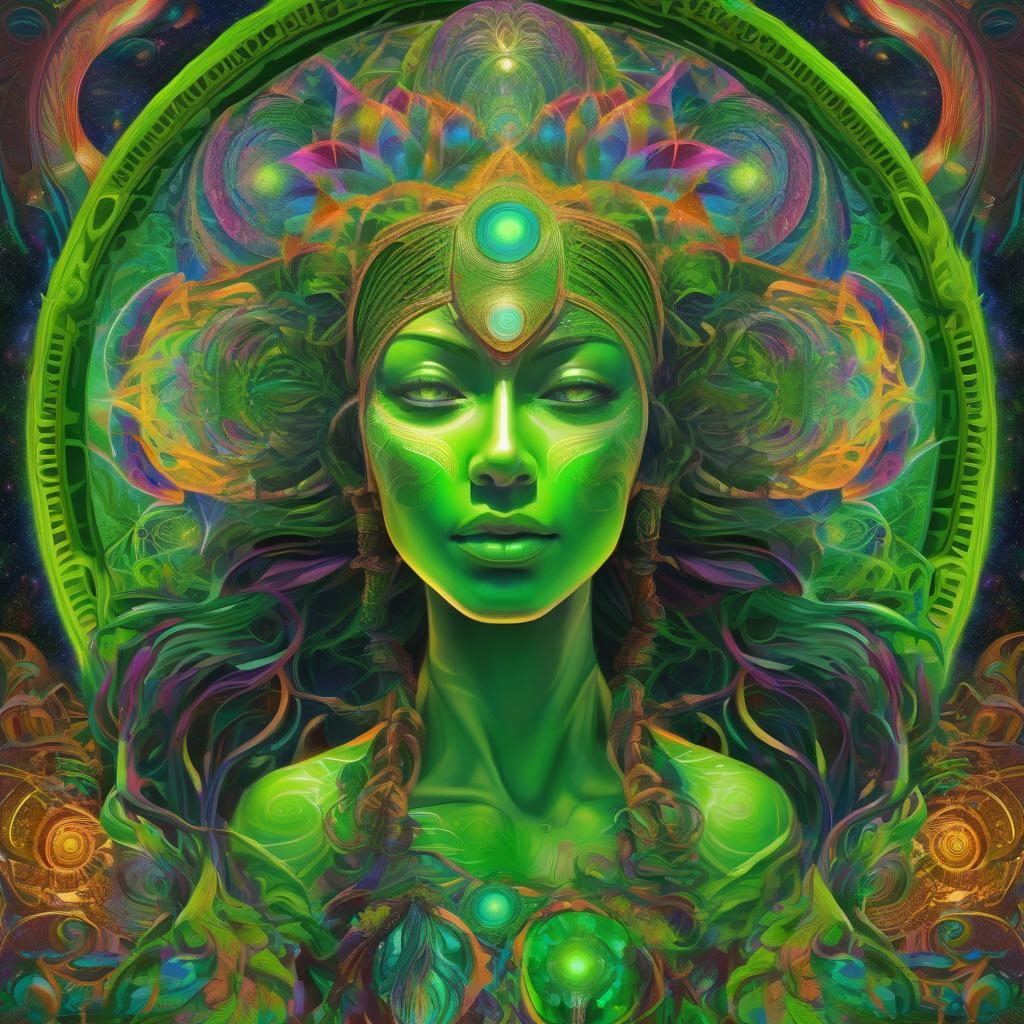Quantum mechanics is a fundamental theory in physics that describes the nature of matter and energy on the smallest scales, typically at the level of atoms and subatomic particles. It is renowned for its principles that defy classical intuition, such as wave-particle duality, superposition, entanglement, and the uncertainty principle. Let’s explore these concepts in detail and discuss how they might relate to spirituality.
Key Principles of Quantum Mechanics
- Wave-Particle Duality:
- At the core of quantum mechanics is the concept that particles, such as electrons and photons, exhibit both wave-like and particle-like properties. This was first suggested by experiments like the double-slit experiment, which showed that particles can create interference patterns, a property typically associated with waves.
- Superposition:
- Superposition is the principle that a quantum system can exist in multiple states at once until it is observed. This means an electron can spin in two directions simultaneously, representing the core of quantum wealth since it can perform multiple operations at the same time, inspiring quantum computing advances.
- Entanglement:
- Quantum entanglement is a phenomenon where particles become connected, such that the state of one instantly affects the state of another, regardless of the distance separating them. This “spooky action at a distance,” as termed by Einstein, implies a deep interconnectedness of quantum states.
- Uncertainty Principle:
- Formulated by Werner Heisenberg, the uncertainty principle states that one cannot simultaneously know both the position and momentum of a particle with absolute certainty. The more accurately one is known, the less accurately the other can be measured.
Relation to Spirituality
Quantum mechanics, especially its counterintuitive aspects, has prompted discussions and interpretations that extend into philosophical and spiritual realms. Here’s how it might be related to spirituality:
- Interconnectedness:
- The entanglement theory promotes the idea that all particles are interconnected, regardless of distance, offering a scientific metaphor for spiritual beliefs about the connectedness of all beings and things in the universe. This resonates with the holistic perspectives found in various spiritual traditions which emphasize the unity of existence.
- Consciousness and Observation:
- In quantum mechanics, the role of observation is pivotal; a quantum system’s multiple potential states collapse into a definite state when observed. Some spiritual interpretations suggest that consciousness plays a role in shaping reality, echoing philosophical ideas that consciousness is fundamental to the universe.
- The Unseen and Unknowable:
- Quantum mechanics reveals that much of reality is invisible and operates outside the qualities that we can directly perceive or understand, paralleling spiritual beliefs in unseen dimensions or forces.
- Non-Duality:
- The dual nature of particles fits neatly with non-dualistic spiritual philosophies that propose reality transcends binary divisions like matter and energy, you and me, or life and death, suggesting unity beyond observable states.
- Limitations of Classical Understanding:
- The counterintuitive findings of quantum mechanics challenge classical understandings of reality, similar to how spiritual teachings often challenge ordinary perceptions and encourage seeking deeper truths beyond the physical realm.
Caveats and Considerations
It’s important to note that the scientific community maintains a clear distinction between the empirical study of quantum mechanics and the metaphysical interpretations of it. Quantum mechanics is a mathematical framework and does not imply spiritual truths. However, it does open space for philosophical inquiry about the nature of reality that can inspire spiritual exploration.
Thus, while quantum physics does not inherently prove or disprove spiritual beliefs, it invites a broader contemplation of reality, making room for both scientific and spiritual explorations into the unseen nature of existence.
